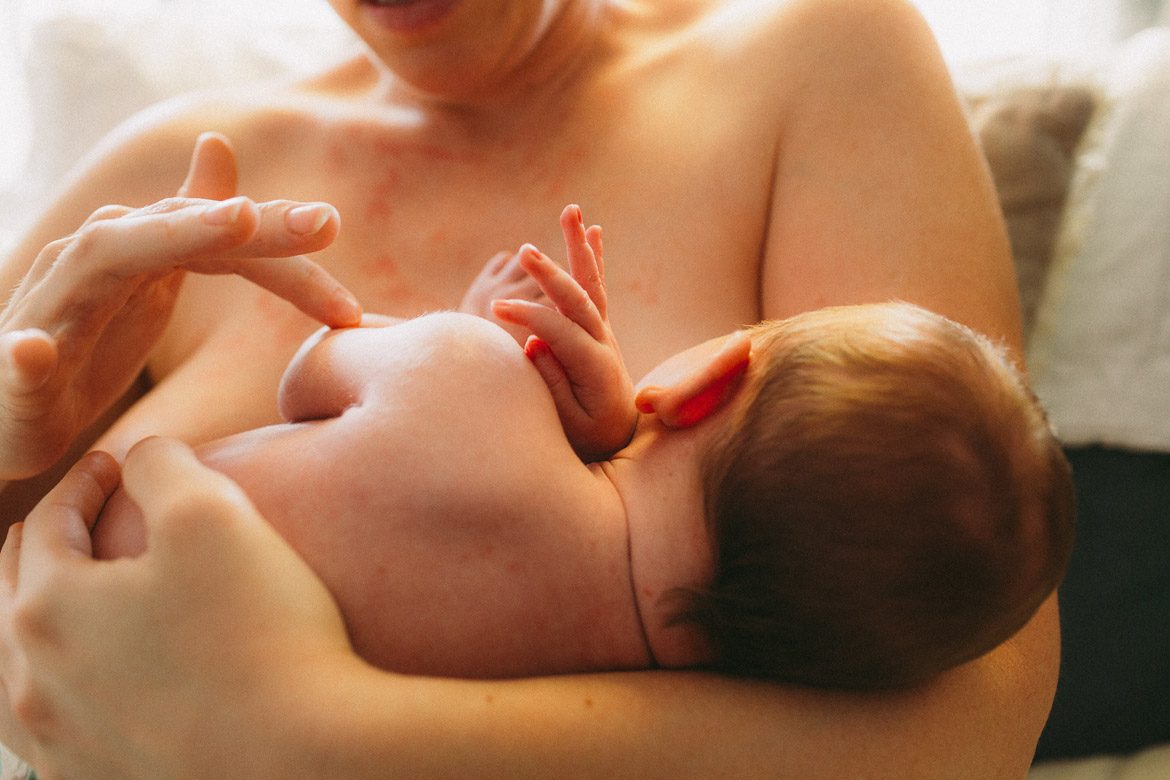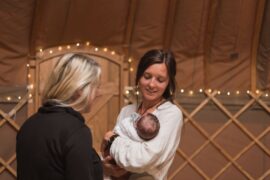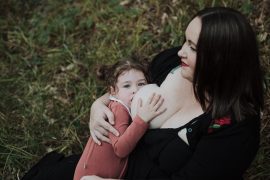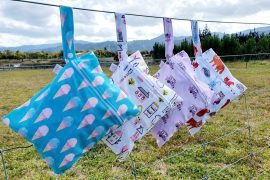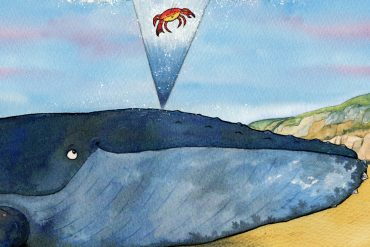By Emma Pickett, IBCLC
Let’s imagine baby is due in a few weeks. You’ve probably talked quite a lot about your birth. You have a birth plan. You have some ideas of what you are aiming for.
Now let’s take a few moments to imagine the very first breastfeed.
Perhaps you’ve already had a breastfeeding class. Perhaps you already know about things like skin-to-skin and feeding in the first hour. I hope so. Maybe you’ve even written a feeding plan or spend time visualising your first breastfeed. When you’ve finished reading this, close your eyes and do some imagining. Can you really picture what it will feel like? Not really. However, the same is true of birth. Doesn’t stop us talking about preparing about our birth for hours and hours though! I think we’re entitled to some ‘hypno-breastfeeding’ or at least talking through the first breastfeeding with our partner.
After you’ve given birth, the ideal is that baby is placed on your tummy (or higher if the umbilical cord lets them get that far). The baby isn’t washed or separated from you unless absolutely necessary. Sometimes we then let the baby perform a ‘breast crawl’. The newborn has an incredible ability to find the breast and latch on all by themselves. They scoot up the mother’s body and are guided by smell and primitive vision and find what they need. These instincts might be affected if they have had any intervention or are dealing with medication in their system. Spend some time on YouTube watching breast crawl videos and I defy you not the utter the occasional ‘Woah!’
Send some breast crawl videos to your partner at work and I guarantee the chances of a ‘Woah!’ or ‘That’s coooool!’ text in return are high.
Whether we let baby do their thing, or whether we give them a helping hand, we would aim to have some skin-to-skin as early as possible and plan to try to do the first feed within the first hour after birth. After that babies seem less alert and may want to sleep for a block of time. It’s a good chance for us to sleep too. That first feed can happen in a hospital bed, in a birthing pool, in the recovery room after a C-section, on a sofa after a home birth.
What should that first feed look like? There are lots of ways to position a baby at the breast and there isn’t one correction position. You certainly don’t have to sit up straight to allow the milk to flow and in fact some early breastfeeding is best done lying down or reclining. Breastfeeding classes sometimes reinforce the myth that we have to sit in a chair to make breastfeeding happen. Really not true or helpful. Have a look at www.biologicalnurturing.com for some ideas. This is also a great article: http://www.mothering.com/articles/natural-breastfeeding/
You may find that your baby can do their own thing and you can stop reading here. Maybe you don’t need to overthink this and take control and worry about the baby’s positioning. They could get into position and find something that works and you can just lie back and let it happen.
There are some key principles though and if you feel the need to take control, it can be helpful to understand those.
Your baby will need to open their mouth wide -‘the gape’. They need to take a big mouthful of breast and not just to perch on the nipple with pursed lips. The big mouthful of breast gives their tongue a chance to scoop a big chunk of you towards the back of their mouth and get your nipple past their hard palate.
Feel the roof of your own mouth with your tongue. Can you feel the ridges of your hard palate? Your baby has those too but your nipple won’t be rubbing against them throughout a feed. If breastfeeding is going right, the end of your nipple will sit in free space towards the roof of baby’s mouth and near the junction of the hard and soft palate. If it’s going wrong, your nipple will rub against the hard palate and will get sore. If a nipple comes out looking compressed/ squashed/with a white line across it/tapered at the end like an old lipstick – that’s a clue it’s been pressed against the hard palate and something is going wrong.
If breastfeeding is going right, the end of your nipple will sit in free space towards the roof of baby’s mouth and near the junction of the hard and soft palate. If it’s going wrong, your nipple will rub against the hard palate and will get sore.
Your baby needs a big mouthful and hopefully more of a mouthful below the nipple than above. We ideally don’t want the nipple to enter the mouth centrally but asymmetrically – nearer the roof of the mouth. So if we’re lying back, we don’t want the baby too high on the breast before they start. If they have to ‘reach up’ and tilt their head a bit to get there, that’s useful. Picture that nipple heading where we want it to go – towards the junction of the hard and soft palate. You might think, but if I put the nipple nearer the top half of the mouth how will it go back far enough? Won’t it get jammed on the roof of the baby’s mouth? Nope. The key thing is giving the tongue as much space on the breast as possible. Then it can scoop as much as possible. The nipple will actually be stretched to two-and-a-half to three times its natural length when feeding. It will be extended by that tongue scoop and negative pressure created by the suck.
See next page for more…

